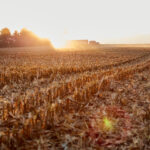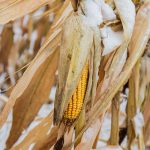Fall harvest starts with soybeans!
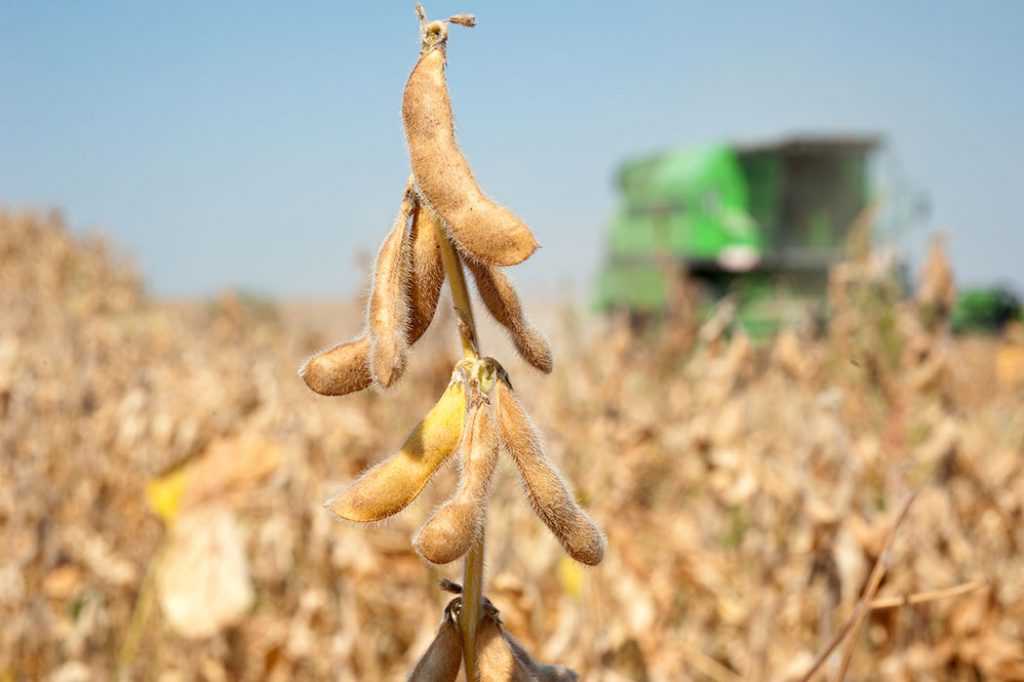
#YourFarmers fall harvest starts with soybeans across Ontario this week! This past Tuesday was the first day of fall and with that comes a very important (and busy) time of year- fall harvest of Ontario grains. This summer, #YourFarmers were harvesting winter wheat, as well as the spring planted barley, oat and wheat crops.
Each fall, Good in Every Grain receives questions about harvest and we thought this year, to celebrate our busy time of the year we would answer these common questions below!
Can’t harvest dry soybeans
Personal note from Brianne Curtis, Communications Coordinator who farms with her family growing corn, soybeans and wheat.
My family started our soybean harvest last night, and many of my neighbours have been combining the last two days in our area! But, I learned something that I don’t think I ever experienced during soybean harvest. Farmers cannot harvest soybeans when the plants or their fields are wet- they’re many negative repercussions to this. But, I learned that we cannot also combine soybeans when they are too dry.
It’s been a lovely week of fall weather- cool and sunny, but also very little moisture once the dews and fogs have lifted in the morning. This has allowed soybeans in my neighbourhood to mature and dry out ready for harvest- but there’s a chance to seeds will actually be TOO DRY to combine. When soybeans seeds are too dry, going through the combine they can shatter. Below we talk about how a combine threshes or shakes the seeds out of the plant to gather the seeds in the field. When the seeds are too dry, going through the threshers on the combine can cause the soybeans to be shaken so hard and shatter, thus having the seeds broken into many little pieces. Broken seeds cannot be used for food products so they are a farm waste.
There is rain in the forecast to give our soybeans moisture so they won’t be too dry during combining, but this is something I have never experienced before and a new challenge to fall harvest!
What is a combine, and how does it harvest grains?
#YourFarmers will use a combine to harvest the grains. A combine is a versatile machine that can harvest all five Ontario grains with different attachments in order to separate the seeds from the rest of the grain plants. The front of the combine will cut the plants and pull them inside the machine, where once inside the seeds will be threshed or shook from the plant and separated from the leaves, stalks and other plant parts. The separated seeds are collected whereas the rest of the plant parts is pushed out the back of the combine.
Read our Photo Story: Harvest Equipment to learn more about the farm equipment used during harvest!
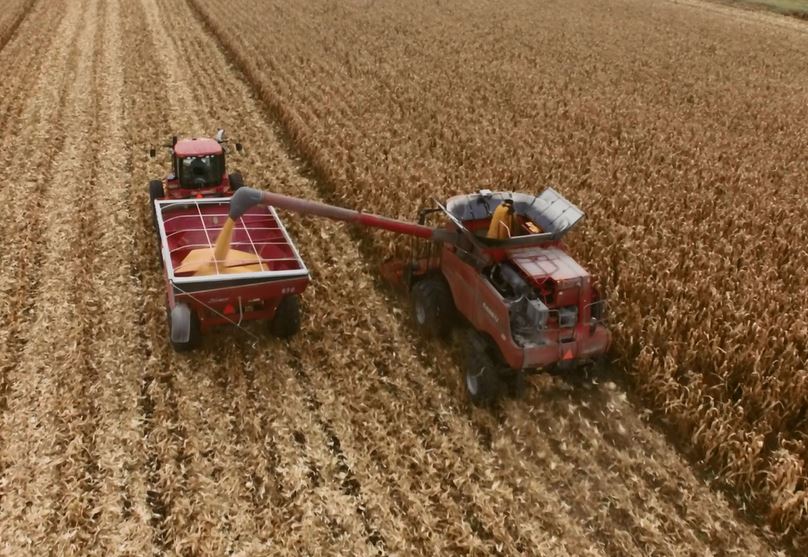
Why do farmers wait until soybeans are dead before harvesting them?
This is a common question we always hear at Good in Every Grain and for good reason! Ontario grains will turn colours when they are mature and ready for harvest. Barley, grain corn, wheat and oats will turn a golden yellow colour when they are mature, whereas soybeans will eventually turn from green, to yellow and brown! This is a natural process the plant does when it is done growing, the seeds are grown and is a signal to farmers that the fields are ready for mature.
Driving past fields of soybeans or corn in the fall can look like #YourFarmers left them to die or aren’t taking care of their fields but in reality, it’s a natural process that happens during the fall leading up to harvest.
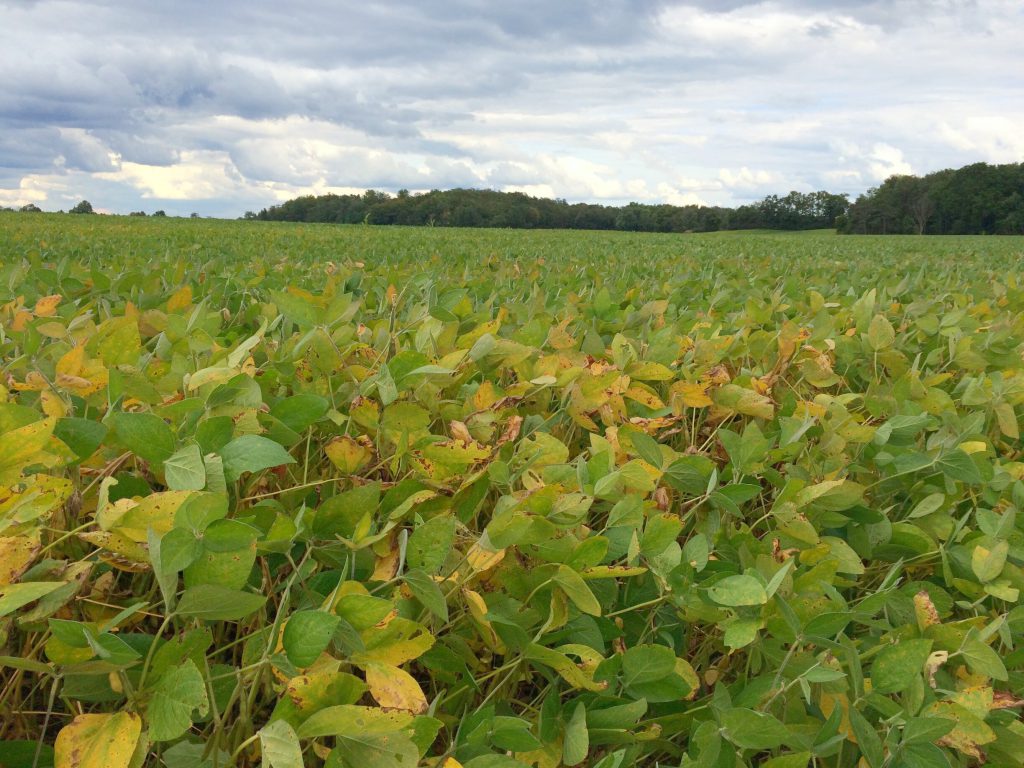
Where do the grains go after fall harvest?
Harvesting is the process to gather the fully grown seeds from the grain plants. Farmers sell or use their grain seeds for a variety of different things. Farmers can sell their seeds to be used in flour mills, feed mills, ethanol plants, crusher plants to extract soybean oil from soybean seeds, and many other uses! Ontario grains can be used in our food items, in our household items, in feed for farm animals, in fuel for our vehicles and also can be used to make plastics and even furniture!
What happens to the fields after harvest is done?
Many times fall harvest is finished very close to winter starting, but there can still be work to be done in the fields. Cover crops can be planted, fertilizers or manure can be spread on the fields to add nutrients back into the soil, and farmers will also sample their soil or take tests of the nutrients found in the soil throughout the fields to help them understand how healthy their fields.
One massive job that follows soybean harvest specifically is planting winter wheat!

